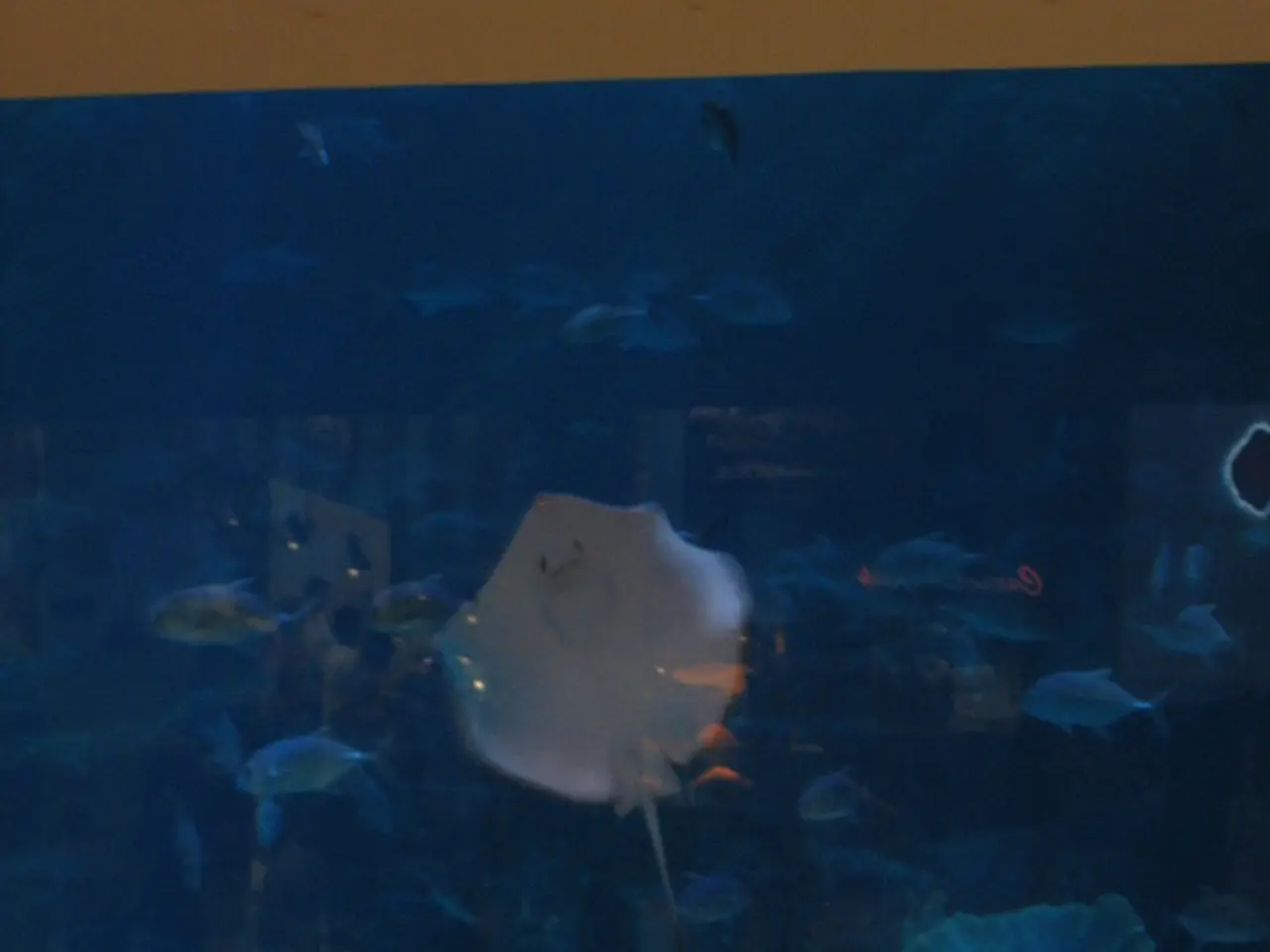Comparing Terrarium, Vivarium, and Other "Ariums" — Understanding the Differences
In the realm of creating miniature ecosystems, two popular choices are terrariums and vivariums. These enclosures, though similar in structure, serve distinct purposes and require different approaches to construction and maintenance.
A terrarium, essentially a large aquarium for land-dwelling organisms, is designed as an enclosed environment primarily for plants or simple ecosystems. Its layering system typically includes a drainage layer, a mesh layer, and soil substrate for plants. The focus is on creating a self-sustaining habitat for plants, sometimes including small invertebrates or animals.
On the other hand, vivariums are enclosures designed to house living animals along with plants, creating a more complex and balanced ecosystem. They must accommodate the needs of both flora and fauna, which significantly influences their construction. Vivariums often require more precise control of temperature, humidity, and ventilation to suit the animals’ needs, and may include additional features like heating lamps, UV lighting, and water sources.
The priority of a vivarium is to make animals comfortable and happy, while the priority of a terrarium is to create an environment where plants thrive. For instance, a vivarium might contain semi-aquatic animals like lizards and frogs, requiring careful management of the substrate and overall environment. In contrast, a terrarium, being a sealed glass container, aims to replicate plant-friendly conditions such as humidity and moisture without complex life-support systems.
The differences between these two enclosures matter significantly. For construction, terrariums focus on layered soil for plant health, while vivariums require considerations for animal safety, comfort, and habitat simulation. In terms of maintenance, terrariums often need less frequent intervention, mainly watering and plant care, while vivariums demand ongoing care including feeding animals, waste removal, and environmental control.
Moreover, the ecosystem complexity varies greatly. Vivariums mimic natural ecosystems more holistically, supporting a dynamic balance that needs active management, versus terrariums, which are relatively static and plant-focused.
It's essential to note that the suffix "arium" in both names means "container," and the prefix "terra" in terrarium means "earth," while "vivere" in vivarium means "to live." Other specific environments include an insectarium, formicarium, penguinarium, dolphinarium, and aquarium, which are habitats built for specific animals, while a riparium creates an environment similar to a riverbank, and a mossarium is a container dedicated entirely to growing moss.
In conclusion, understanding the differences between terrariums and vivariums is crucial for creating and maintaining successful miniature ecosystems. Each serves a unique purpose, and tailoring your approach to the specific needs of the organisms within will lead to a thriving and balanced environment.
A home-and-garden enthusiast may be interested in building a terrarium, as it is a container primarily designed for plants or simple ecosystems, featuring a layered system ideal for plant health. On the other hand, a vivarium would be a better choice for those seeking to house living animals along with plants, as it is an enclosure focused on creating a more complex and balanced ecosystem, requiring careful consideration of both flora and fauna needs.




